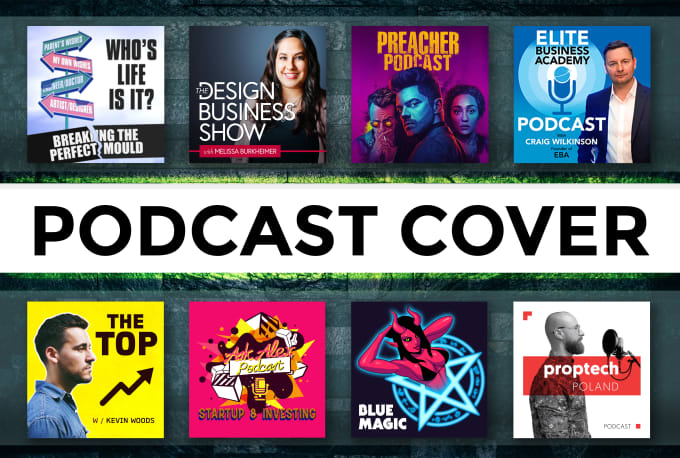Even though an excellent podcast content and episodes should always be the focus of your podcast, designing an amazing podcast cover for your podcast show goes a long way to helping you attract the right audience.
As a podcaster, having an amazing podcast cover art is not something that you should take as it can directly impact the overall success of your podcast, determining whether or not you can grab users’ attention in a lineup and use it to solidify your branding and voice.
So, how do you create a professional podcast cover art? In this article, we’ll show you five (5) amazing tools to help craft an amazing podcast cover.
1. Canva
Canva is a multimedia design platform that allows users to create social media graphics, presentations, posters, and other visual content. It is available on web and mobile and integrates millions of images, fonts, templates, and illustrations.
Canva is an amazing solution for podcasters because it comes with ready-to-use podcast cover templates that make it easy now anyone with little or none design experience to craft their own podcast cover in minutes.
Also Read: 6 Things To Do While Listening To Podcasts.
2. Fiverr
If you decide to outsource your artwork Fiverr is a great option. Fiverr is an online marketplace for freelance services that has pretty much taken the world of online freelancing by storm. There are thousands of online freelancers on Fiverr that are ready to take away the burden of you having to design your podcast cover art yourself.
With Fiverr it’s your responsibility to contact and select from the potential candidates and it’s always better to go with someone who has good feedback and a portfolio you like. All designers will want to receive a very detailed brief, so if you’re going to use the platform, make sure you have a clear idea in mind!
3. Stencil
Over a million icons and images, hundreds of design templates, ready to go quotes and shapes and graphics. Stencil is extremely easy to use for people looking to create professional-looking graphics.
Just like Canva, Stencil is a great option for podcasters that are looking to adopt a do it yourself approach to designing a stunning podcast cover art. Stencil is easy and fun to use and you don’t have to be a design expert to use Stencil.
4. Upwork
As an alternative to Fiverr, Upwork is an online platform that connects businesses of all sizes to freelancers, independent professionals, and agencies for all their hiring needs. With Upwork, you publish a job with your requirements (including proposed budget) and wait to receive applications from potential candidates.
You’ll probably receive lots of applications but you can sort through the candidates quickly by seeing who’s got good feedback and a portfolio that you like! It’s also standard practice to discuss with your chosen designer the specifics of the job before awarding the contract to them.
Also Read: How to Submit Your Podcast to iTunes or Apple Podcasts.
5. Photoshop
Last but not the least is Photoshop. Photoshop is a professional tool for graphics design and its most recommended for podcasters are interested in learning how to design their own podcast covers without limitations.
Because of its much advanced features, it’s recommended to take a month or two to learn how to use the software before getting started and as time goes on you tend to perfect your design skills and be able to come up with stunning designs from scratch in minutes.
Conclusion
These are our 5 top tools to design stunning podcast cover art that stands out among the hundreds of thousands of podcasts listed in podcast directories today. Always remember that size matters and you need to be 100% sure that your cover image will fit the requirements of most platforms you intend to use them on.
When it comes to meeting the design requirements, Apple Podcasts is without a doubt the biggest platform and luckily as a consequence, most other platforms have followed suit to create similar requirements.
- Must be a minimum 1400 x 1400 pixel resolution, recommended 3000 x 3000 pixels.
- Must be a JPEG or PNG file.
- Must be in the RGB color space.
